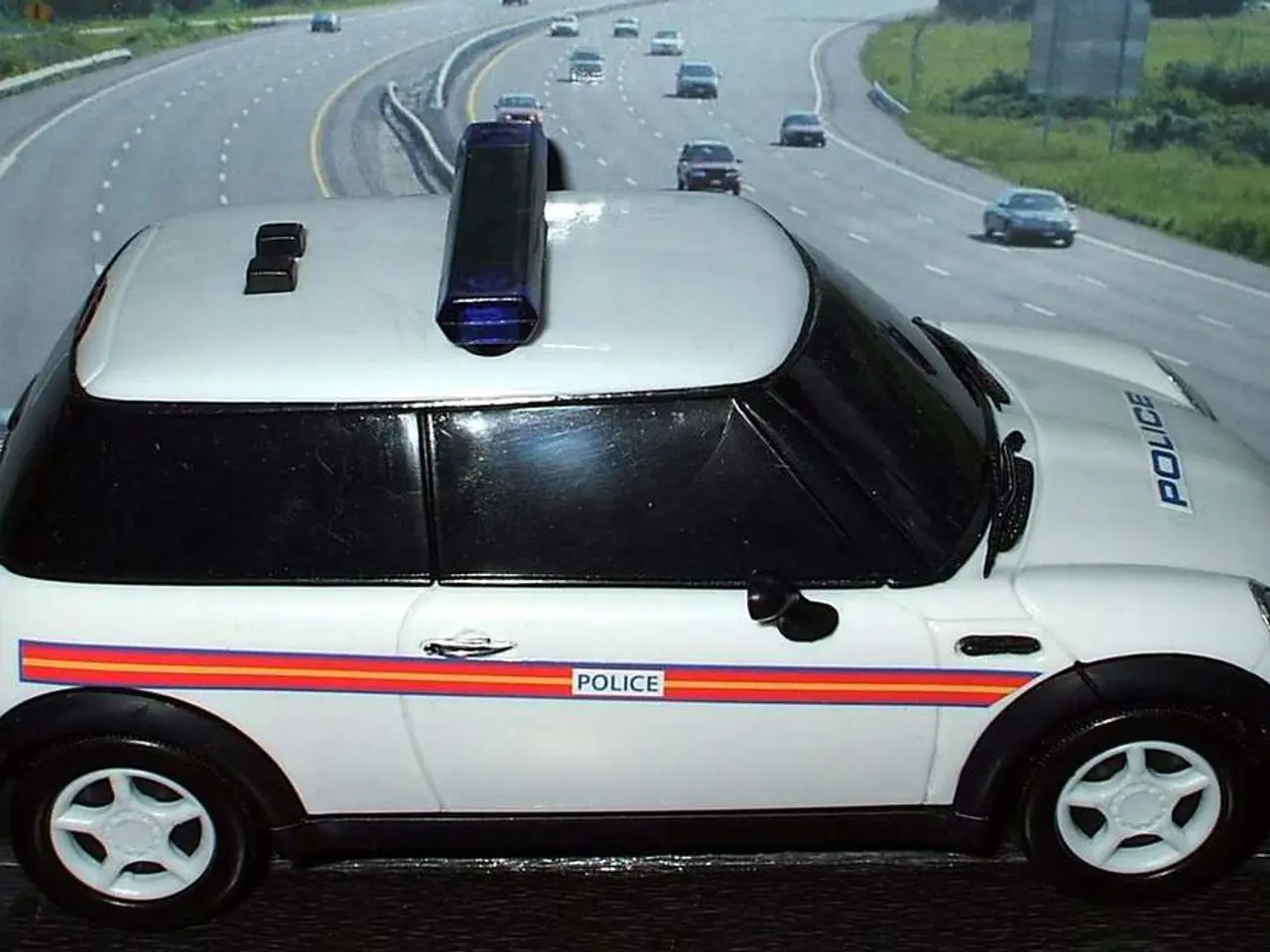Evidence Required to Establish Fault in a Pedestrian Collision Lawsuit
In the bustling city of Houston, Texas, also known as Space City, pedestrian accidents can pose significant challenges for victims seeking justice and compensation. To establish liability in such cases, key pieces of evidence must be established.
- Duty of Care: The responsible party, typically the driver, is expected to act with care towards pedestrians by adhering to traffic laws and operating their vehicle safely.
- Breach of Duty: Demonstrating that the at-fault party breached this duty through negligent behavior, such as failure to yield, distracted driving, speeding, driving under the influence, or other careless acts, is crucial.
- Causation: Providing evidence that the breach of duty directly caused the pedestrian accident and the resulting injuries is essential.
- Damages: Proving that the pedestrian suffered actual injuries or losses, such as medical expenses, lost income, pain and suffering, or other damages related to the accident, is the final piece of the puzzle.
Supporting evidence includes:
- Photographs and videos of the accident scene, road conditions, traffic signals, vehicle positions, and injuries can provide a clear picture of the events that transpired.
- Police reports and witness statements can corroborate negligent behavior and accident details.
- Accident reconstruction analyses can help clarify how the accident happened and who is at fault.
- Medical records linking injuries to the accident are vital in proving the causation of the injuries.
- Proof of economic losses such as medical bills and lost wages are essential in demonstrating the damages suffered.
Video footage, in particular, can provide valuable evidence. It can determine if the pedestrian was jaywalking or if the driver tried to brake. Pictures may include markings in the crosswalk, traffic signals, skid marks, or broken glass. Personal belongings of the pedestrian that were torn or thrown far away can provide context on the severity and direction of the crash.
Texas follows a modified comparative negligence system, which means you can still recover damages if you are partially at fault, as long as your fault is less than 51%. However, your compensation may be reduced proportionally to your share of fault.
Besides the driver, other parties such as property owners, government entities, or manufacturers can sometimes be held liable if their negligence contributed to the accident conditions. Consulting a qualified Houston pedestrian accident attorney is advisable to help gather and evaluate all relevant evidence and navigate the legal process effectively.
Engaging in personal-finance management and maintaining a healthy bank balance can significantly improve a person's quality of life. However, managing medical-conditions, especially chronic ones, can lead to substantial healthcare expenses, potentially causing a strain on one's health-and-wellness and financial resources. Consequently, understanding the intricacies of science, such as research on medical treatments and medicines, could potentially provide affordable and effective solutions for managing such conditions. In turn, this could alleviate the financial burden, promoting financial stability and overall well-being.




